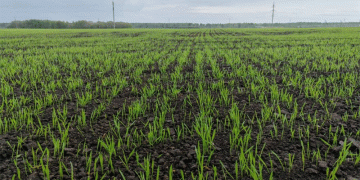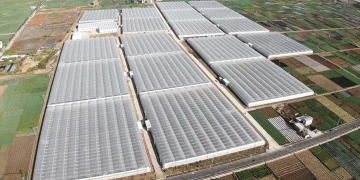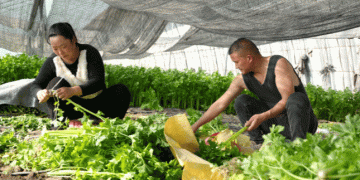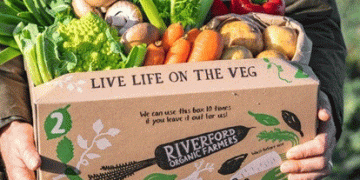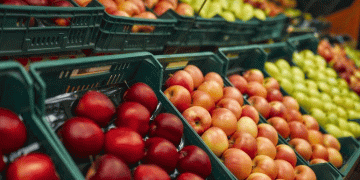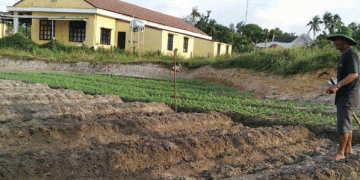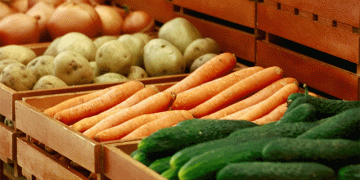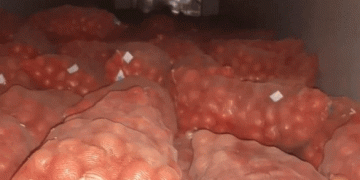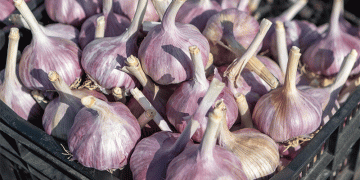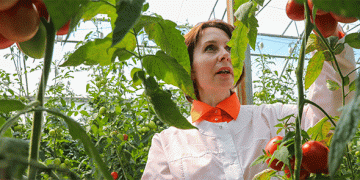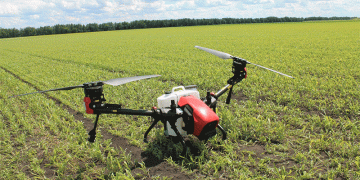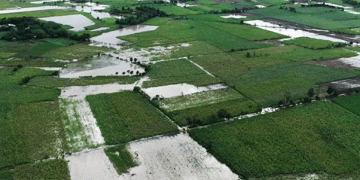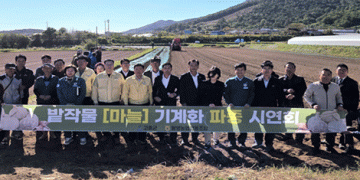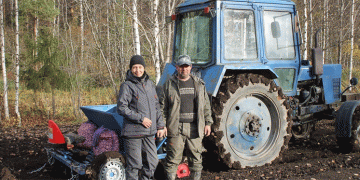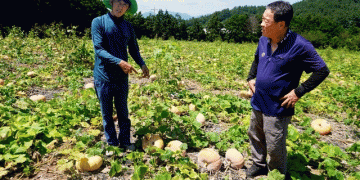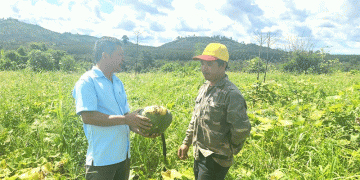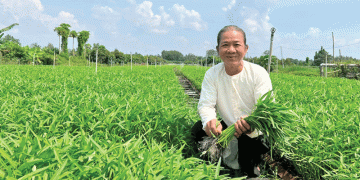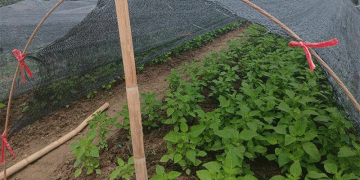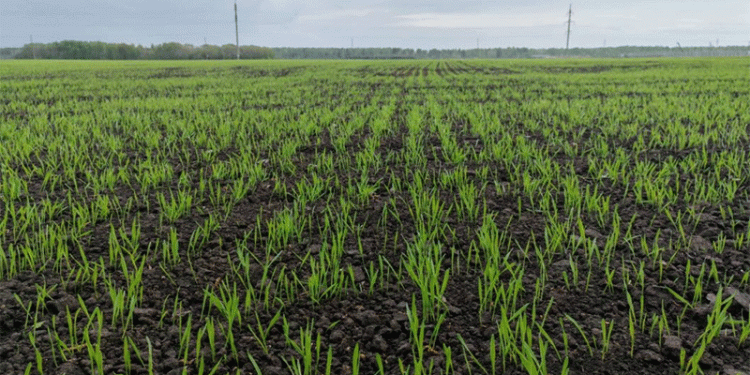According to the latest data from the municipal administration, farms in the Tyumen District have sown 3,562 hectares (ha) this spring, which accounts for just 20% of their total planned area. The breakdown of crops includes:
- Over 2,700 ha of grains and legumes,
- 624 ha of potatoes,
- 64 ha of vegetables.
The first sprouts of grain crops have already emerged in fields where spring sowing was completed early. However, the slow progress raises questions about potential delays due to weather, labor shortages, or machinery availability.
Broader Context: Russia’s 2024 Agricultural Trends
Recent reports from Rosstat (Russian Federal State Statistics Service) indicate that spring planting across Russia is progressing at a slower pace compared to 2023, primarily due to unstable weather conditions and logistical challenges. Meanwhile, the Ministry of Agriculture has emphasized the importance of optimizing seed varieties and precision farming techniques to maximize yields despite late starts.
Globally, the FAO (Food and Agriculture Organization) highlights that climate variability is increasingly affecting planting schedules, urging farmers to adopt resilient crop rotations and drought-resistant seeds.
Key Takeaways for Farmers and Agronomists
- Monitor Weather Closely – Adjust planting schedules based on short-term forecasts.
- Prioritize High-Yield Varieties – Opt for fast-maturing or stress-tolerant crops if delays persist.
- Leverage Technology – Drones, soil sensors, and no-till methods can help accelerate sowing.
While Tyumen’s farms have made a modest start, the remaining 80% of planting must be completed efficiently to avoid yield losses. Collaboration between farmers, scientists, and agricultural engineers will be crucial in overcoming seasonal challenges. By integrating data-driven farming practices, the region can still achieve a productive season.
